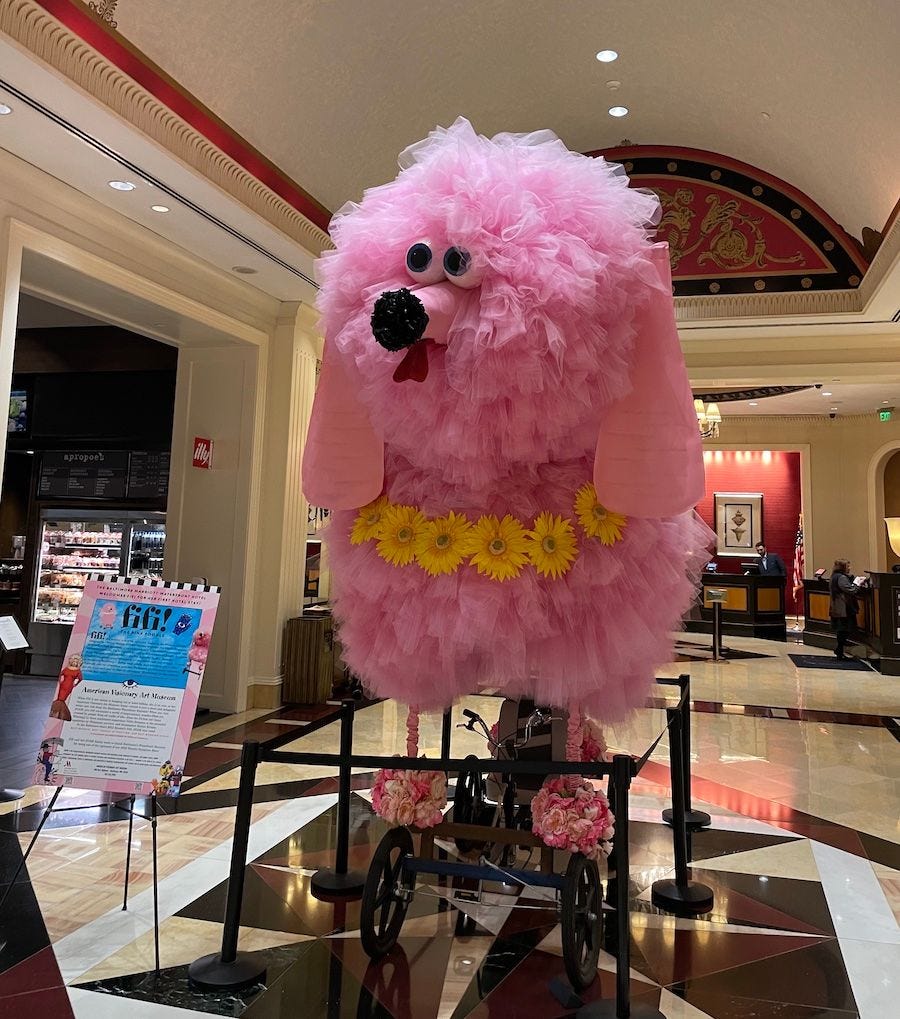
Hey everybody,
Greetings from the Inner Harbor of Baltimore, where more than 250 U.S. bishops are gathered for the annual fall meeting of the U.S. Conference of Catholic Bishops.
The Inner Harbor was an industrial and freighting area until the 1950s, when the rise of the container ship dramatically changed America’s working waterfronts — and at the same t…
